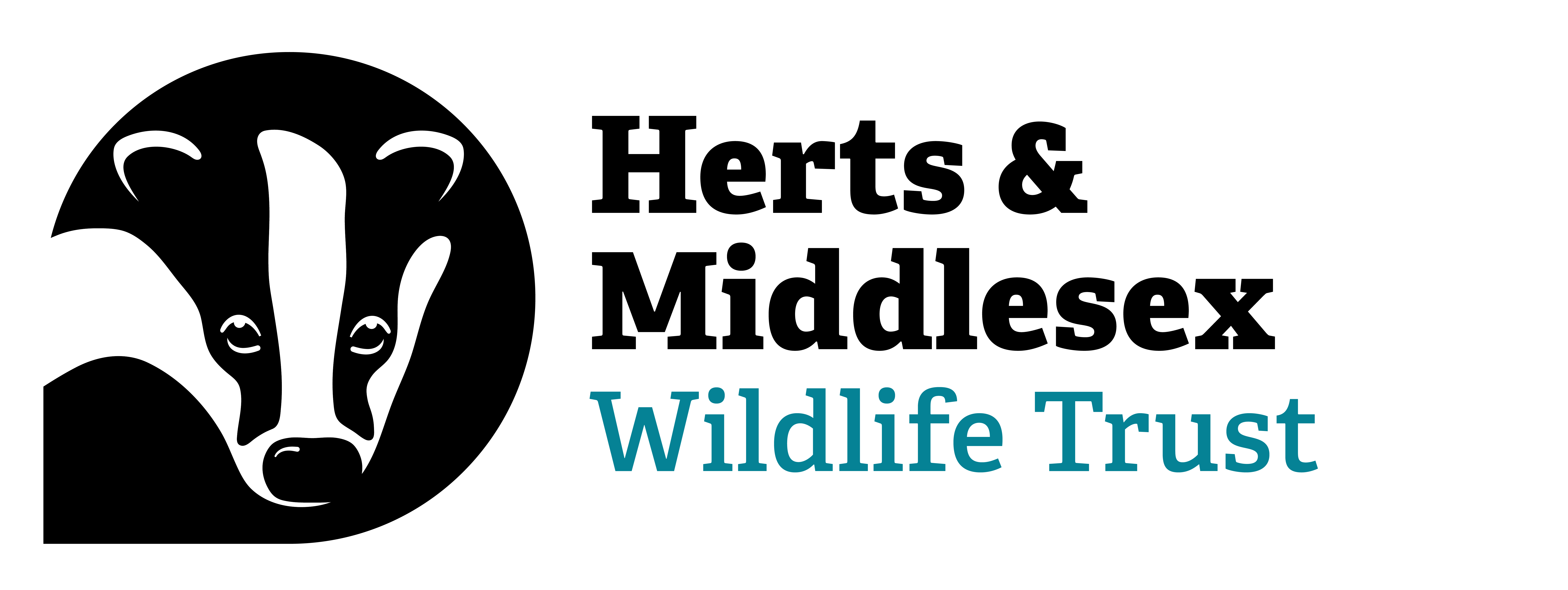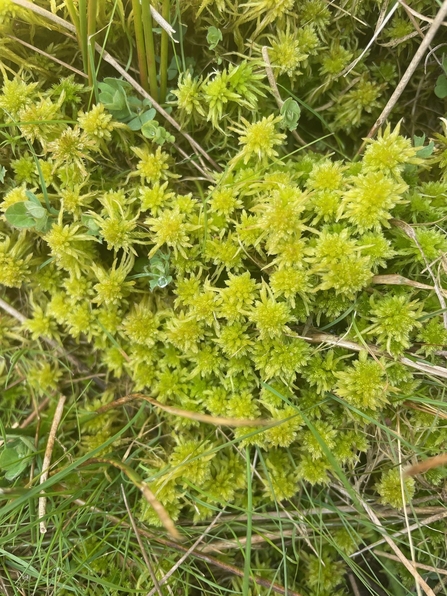A herd of Hebridean sheep has been acquired by Herts and Middlesex Wildlife Trust to help the wildlife charity manage their nature reserves and increase biodiversity.
The seven sheep, the first Hebridean’s owned by the Trust, are currently grazing Patmore Heath Nature Reserve, near Little Hadham, alongside an established herd of eight Herdwick sheep. The grass heathland site is a habitat rarely found in the South-east of England and has been designated as a Site of Special Scientific Interest due to its ecological importance. As well as being home to a large expanse of dry grasses, the site also has ponds and marshy areas, supporting a range of wildlife including, locally rare Heath Rush, sphagnum moss, and Great Crested Newts, which are a protected species.



